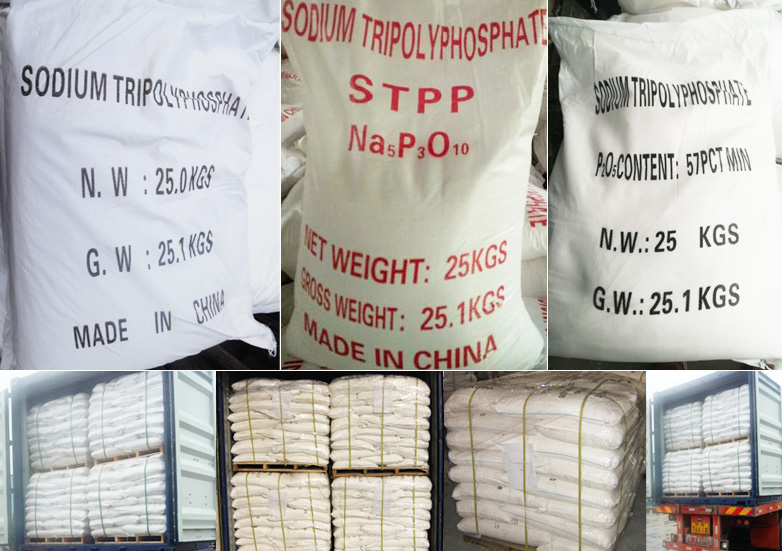Your location: Home - NewsNews
Sodium tripolyphosphate (STPP) is a chemical compound that has found diverse uses across various industries due to its excellent cleaning and water-softening properties. With the chemical formula Na5P3O10, STPP is a derivative of phosphoric acid and is often used in both industrial and consumer products. This detailed guide aims to demystify sodium tripolyphosphate, discussing its properties, applications, and the reasons behind its widespread use. We will also touch upon the environmentally friendly practices and product innovations from leading industry experts like Sino-phos.
What is Sodium Tripolyphosphate?
Sodium tripolyphosphate is a white, granular or crystalline solid, which is highly soluble in water. It belongs to the group of chemicals known as phosphates and is synthesized through a process that involves the condensation of sodium phosphate salts. Due to its ability to bind metal ions, especially calcium and magnesium, STPP acts as an effective water softener and prevents the formation of soap scum and scale deposits.

Key Properties of STPP
The efficacy of sodium tripolyphosphate in various applications can be attributed to several key properties:
Sequestration: STPP is a superb sequestrant, which means it can bind and stabilize metal ions. This prevents the metals from interfering with the action of detergents and soaps.
Emulsification and Dispersion: In food and industrial applications, STPP helps in emulsifying fats and dispersing particles, ensuring uniformity and stability in products.
Buffering: It serves as a buffer to maintain the pH levels in various products, enhancing stability and effectiveness.
Industrial Applications of Sodium Tripolyphosphate
1. Detergents and Cleaning Agents
The largest use of STPP is in the manufacturing of detergents and cleaning products. It acts as a "builder," a component that enhances the efficiency of the detergent formulation. By softening water, STPP allows detergents to form suds more effectively and to clean surfaces and fabrics more efficiently. It is particularly effective in removing dirt and organic stains.
2. Water Treatment
In water treatment processes, STPP is utilized to prevent the formation of scale deposits in pipes and boilers. Its excellent sequestration of metal ions helps in controlling water hardness and maintaining the efficiency of water systems.
3. Food Industry
STPP is extensively used in the food industry as a preservative and to maintain the moisture and texture of frozen meats and seafood. It acts as an emulsifier in processed foods and helps in retaining tenderness and preventing spoilage.
4. Ceramics
In the production of ceramics, STPP plays a crucial role as a dispersing agent to break down clays and other raw materials into finer particles, which is essential for producing smoother and more uniform ceramics.

Environmental and Health Considerations
While sodium tripolyphosphate is invaluable in various applications, its use has raised environmental and health concerns, particularly its role in contributing to eutrophication in water bodies. Eutrophication can lead to excessive growth of algae and depletion of oxygen in water, harming aquatic life.
Responsible companies like Sino-phos are committed to addressing these concerns by developing eco-friendlier alternatives and improving the efficiency of phosphate usage in their products. Innovations include reformulating products to reduce phosphate content while maintaining performance, and participating in environmental management programs that aim to minimize industrial impact on ecosystems.
Sino-phos: A Leader in Responsible Phosphate Manufacturing
Sino-phos has established itself as a leader in the phosphate industry by not only supplying high-quality STPP but also by committing to sustainable practices. Understanding the delicate balance between industrial needs and environmental responsibility, Sino-phos invests in cutting-edge technology and processes that reduce waste and improve the ecological footprint of their operations.
Conclusion
Sodium tripolyphosphate continues to play a critical role in many industries due to its versatile properties. However, the shift towards more sustainable practices is crucial for the future use of phosphates. Companies like Sino-phos are at the forefront of this shift, driving innovation and sustainability in the industry. As consumers and industries become more environmentally conscious, the role of STPP and its alternatives will undoubtedly continue to evolve, balancing efficacy with environmental stewardship.
Tags: Sodium Hexametaphosphate , Tri-Sodium Phosphate


